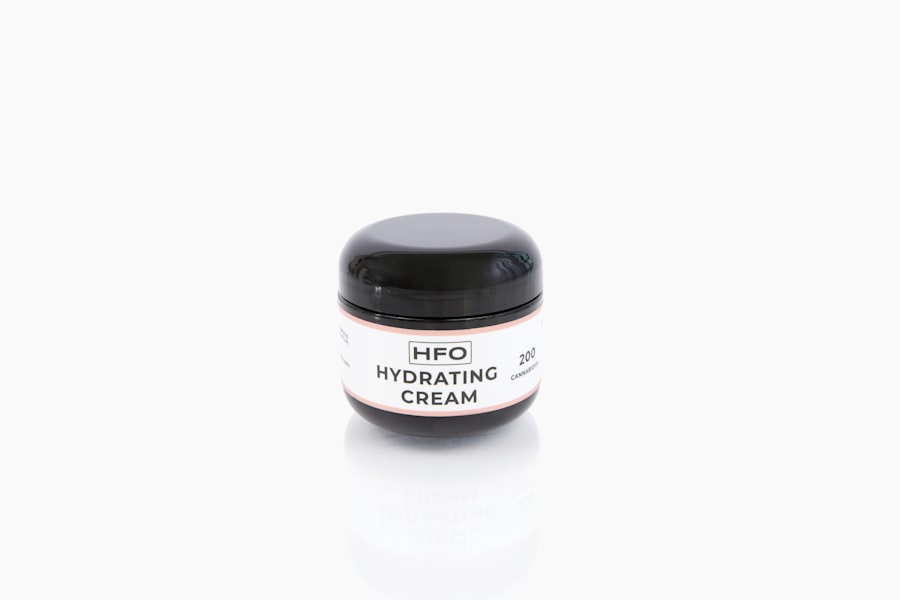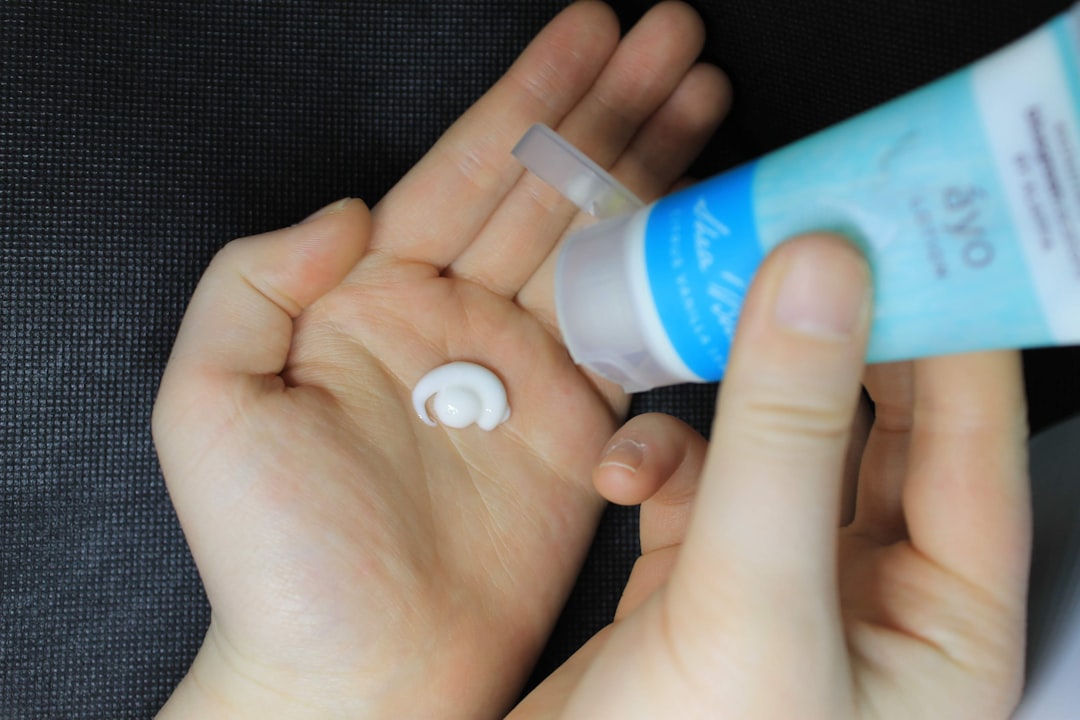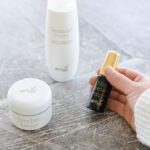After undergoing a laser hair removal procedure, one of the most crucial steps you can take is to keep the treated area clean and moisturized. This not only aids in the healing process but also helps to minimize any potential discomfort or irritation. You should gently cleanse the area with a mild, fragrance-free soap to remove any impurities or residue that may have accumulated.
Avoid using harsh scrubs or exfoliants, as these can aggravate the skin and lead to complications. Instead, opt for a soft cloth or your hands to apply the cleanser, ensuring that you treat your skin with care. Moisturizing is equally important in this phase.
Applying a gentle, hydrating lotion or cream can help soothe the skin and prevent dryness. Look for products that contain ingredients like aloe vera or hyaluronic acid, which are known for their calming and hydrating properties. You should aim to moisturize the treated area at least twice a day, or more frequently if you notice any signs of dryness.
Keeping the skin well-hydrated not only promotes healing but also enhances the overall results of your laser hair removal treatment.
Key Takeaways
- Keep the treated area clean and moisturized to promote healing and prevent infection
- Protect the skin from sun exposure to avoid hyperpigmentation and damage
- Avoid hot showers and baths to prevent irritation and discomfort
- Use gentle skincare products to avoid further irritation or complications
- Avoid excessive sweating and friction to allow the skin to heal properly
- Follow the recommended post-laser hair removal schedule for best results
- Watch for any signs of infection or irritation and seek medical attention if necessary
- Stay in touch with your dermatologist for any concerns or questions about the healing process
Protect the skin from sun exposure
Sun protection is paramount after laser hair removal, as your skin will be particularly sensitive to UV rays during the healing process. You should avoid direct sun exposure for at least two weeks following your treatment. If you must go outside, wearing protective clothing such as long sleeves and wide-brimmed hats can provide an extra layer of defense against harmful rays.
Additionally, applying a broad-spectrum sunscreen with an SPF of 30 or higher is essential. This will help shield your skin from both UVA and UVB rays, reducing the risk of pigmentation changes and irritation. Even on cloudy days or during winter months, UV rays can still penetrate through the clouds and affect your skin.
Therefore, it’s wise to make sunscreen application a part of your daily routine, regardless of the weather conditions. Reapply every two hours if you are outdoors for extended periods, especially if you are sweating or swimming. By taking these precautions, you can protect your skin from potential damage and ensure that your laser hair removal results remain optimal.
Avoid hot showers and baths

In the days following your laser hair removal session, it’s advisable to steer clear of hot showers and baths. Hot water can exacerbate any redness or swelling in the treated area, leading to increased discomfort. Instead, consider taking lukewarm showers to keep your skin comfortable while still maintaining cleanliness.
When showering, be gentle; avoid scrubbing the treated area vigorously, as this can irritate the skin further. Additionally, you should limit your time in hot tubs or saunas during this recovery period. The heat can cause blood vessels to dilate, which may lead to increased inflammation and prolong the healing process.
By opting for cooler water temperatures and shorter bathing times, you can help your skin recover more effectively while minimizing any adverse reactions.
Use gentle skincare products
| Skincare Product | Benefits |
|---|---|
| Cleanser | Gently removes dirt and impurities without stripping the skin |
| Moisturizer | Hydrates and nourishes the skin without causing irritation |
| Sunscreen | Protects the skin from harmful UV rays without clogging pores |
| Toner | Helps to balance the skin’s pH levels without causing dryness |
Choosing the right skincare products is vital after laser hair removal. Your skin will be sensitive and may react negatively to harsh chemicals or fragrances commonly found in many beauty products. You should opt for gentle, hypoallergenic formulations that are free from irritants.
Look for products labeled as “sensitive skin” or “dermatologist-tested” to ensure they are suitable for your post-treatment care. Incorporating soothing ingredients into your skincare routine can also be beneficial. Products containing chamomile, calendula, or green tea extract can help calm inflammation and promote healing.
Avoid using retinoids or alpha hydroxy acids (AHAs) for at least a week after your treatment, as these can further irritate your skin. By being mindful of the products you use, you can support your skin’s recovery and enhance the effectiveness of your laser hair removal results.
Avoid excessive sweating and friction
After your laser hair removal session, it’s important to avoid activities that may cause excessive sweating or friction on the treated area. Engaging in high-intensity workouts or activities that lead to heavy perspiration can irritate the skin and increase the risk of complications such as ingrown hairs or infections. You should consider taking a break from strenuous exercise for at least 48 hours post-treatment to allow your skin to settle.
Additionally, be cautious about clothing choices during this recovery period. Tight-fitting clothes can create friction against the treated area, leading to discomfort and potential irritation. Opt for loose-fitting garments made from breathable fabrics like cotton to minimize any rubbing against your skin.
By being mindful of both physical activity and clothing choices, you can help ensure a smoother recovery process.
Follow the recommended post-laser hair removal schedule

Adhering to the recommended post-laser hair removal schedule is essential for achieving optimal results. Your dermatologist will provide specific guidelines regarding follow-up appointments and additional treatments based on your individual needs. Typically, multiple sessions are required to achieve the best outcomes, as hair grows in different cycles.
By sticking to this schedule, you can ensure that you are targeting hair follicles at their most effective growth stages. In addition to attending follow-up appointments, it’s important to monitor your progress between sessions. Take note of any changes in hair growth patterns or skin reactions and communicate these observations with your dermatologist during your visits.
This open line of communication will allow them to adjust your treatment plan if necessary and ensure that you achieve the desired results in a timely manner.
Watch for any signs of infection or irritation
Being vigilant about monitoring your skin after laser hair removal is crucial for preventing complications such as infections or prolonged irritation. You should regularly check the treated area for any unusual symptoms such as increased redness, swelling, or pus formation. If you notice any of these signs, it’s important to contact your dermatologist immediately for guidance on how to proceed.
If you experience persistent pain or discomfort that doesn’t subside within a few days, it may be a sign that something isn’t right. Early intervention is key in addressing any issues that may arise during the healing process, so don’t hesitate to reach out for professional advice if you have concerns about your recovery.
Stay in touch with your dermatologist for any concerns
Maintaining open communication with your dermatologist is vital throughout your post-laser hair removal journey. They are equipped with the knowledge and expertise needed to address any questions or concerns you may have about your treatment and recovery process. Whether you’re unsure about how to care for your skin or if you’re experiencing unexpected side effects, reaching out to them can provide peace of mind and clarity.
Regular check-ins with your dermatologist can also help track your progress and ensure that you’re on the right path toward achieving smooth, hair-free skin. They can offer personalized advice tailored to your specific needs and make adjustments to your treatment plan if necessary. By fostering this relationship with your dermatologist, you empower yourself with the information and support needed for a successful post-laser hair removal experience.
In conclusion, taking care of yourself after laser hair removal is essential for achieving optimal results and ensuring a smooth recovery process. By keeping the treated area clean and moisturized, protecting it from sun exposure, avoiding hot showers and baths, using gentle skincare products, steering clear of excessive sweating and friction, following the recommended treatment schedule, watching for signs of infection or irritation, and staying in touch with your dermatologist, you set yourself up for success in this journey toward smoother skin. Your diligence in following these guidelines will not only enhance the effectiveness of your treatment but also contribute to overall skin health and well-being.
One important aspect of aftercare is avoiding sun exposure, as it can increase the risk of complications. For more tips on how to care for your skin post-treatment, check out this helpful article on laser hair removal aftercare do’s.
FAQs
What is laser hair removal aftercare?
Laser hair removal aftercare refers to the steps and precautions that should be taken after undergoing a laser hair removal treatment to ensure proper healing and optimal results.
What are the do’s of laser hair removal aftercare?
Some common do’s of laser hair removal aftercare include keeping the treated area clean and moisturized, avoiding sun exposure, wearing loose clothing, and following the specific aftercare instructions provided by the treatment provider.
How should I clean the treated area after laser hair removal?
It is recommended to gently cleanse the treated area with a mild, non-abrasive cleanser and lukewarm water. Avoid using harsh exfoliants or scrubs on the treated area.
Can I moisturize the treated area after laser hair removal?
Yes, it is important to keep the treated area moisturized with a gentle, non-comedogenic moisturizer to help soothe the skin and promote healing.
Why should I avoid sun exposure after laser hair removal?
Sun exposure can increase the risk of complications such as hyperpigmentation and skin sensitivity after laser hair removal. It is important to protect the treated area from direct sunlight and use sunscreen if going outdoors.
Is it important to follow the specific aftercare instructions provided by the treatment provider?
Yes, following the specific aftercare instructions provided by the treatment provider is crucial for ensuring proper healing and achieving the best results from the laser hair removal treatment.






